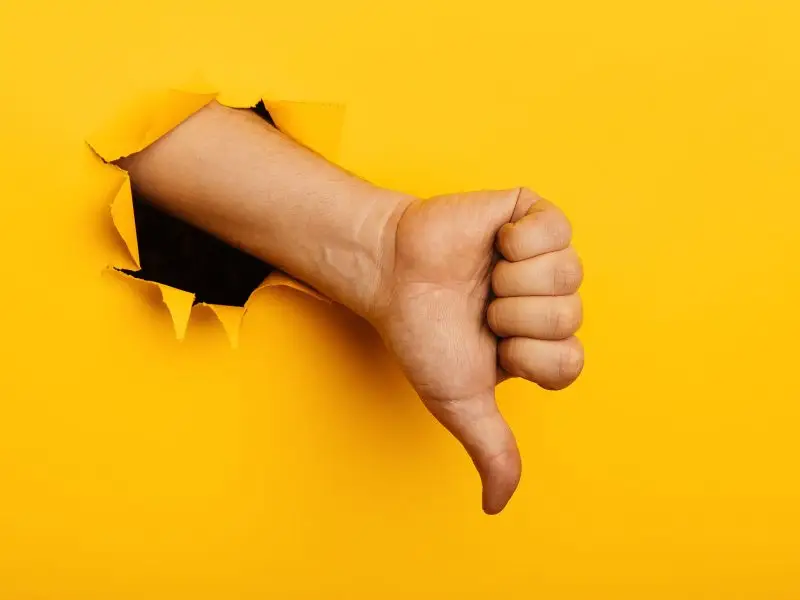Facebook Dislike Button
Yesterday, Facebook founder Mark Zuckerberg announced that the social media giant is working on introducing a ‘Dislike’ button—or something similar—for its 1.5 billion users. Zuckerberg explained that the new feature is intended to help users “express empathy” for sad or unfortunate posts. For instance, when someone shares bad news or a tough day, a ‘Like’ can feel inappropriate, yet there’s no easy way to offer a ‘virtual hug’ or support.
The news has drawn mixed reactions from Facebook users. Many welcome the change, feeling awkward about ‘Liking’ a post when someone shares a personal loss or misfortune. A ‘Dislike’ button could allow for more nuanced interactions, helping people show sympathy or solidarity without feeling like they’re endorsing something negative.
However, there are concerns that the new button might be misused, especially by online trolls. The internet is already a platform where negative emotions and frustrations are frequently vented and some fear the ‘Dislike’ button could be used aggressively or as a tool for harassment. While people may be reluctant to ‘Dislike’ personal posts from their friends for fear of confrontation, businesses and advertisers might bear the brunt of this feature, with users more likely to target them.
The ‘Like’ Button’s Success
Since its introduction in 2009, the ‘Like’ button has become one of Facebook’s signature features, allowing users to quickly express their appreciation or approval of posts. The idea of a ‘Dislike’ button has been suggested for years, with numerous Facebook groups advocating its introduction.
Facebook’s motivation to innovate and introduce new features is understandable, especially following the platform’s recent milestone in August 2015, when one billion people used the site in a single day. The success of the ‘Dislike’ button—or whatever it ends up being called—remains to be seen, but it’s certainly a significant step in evolving how we interact on social media.
What Do You Think?
Will a ‘Dislike’ button add value to Facebook, or could it open the door to more negativity online? Share your thoughts on whether this new feature is something to be excited about—or something to be wary of.
Content written by Emily Stevenson, on secondment to The Last Hurdle for work experience, studying History at York University.





